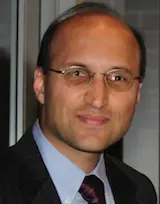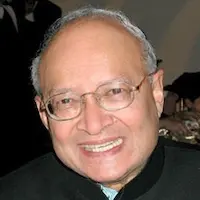Signals and Signal Processing
Here you can find lists of great Signals and Signal Processing books recommended by some of top experts form best universities and leading technology companies.












Signal processing is a fundamental concept in electrical engineering, and it plays an important role in many different areas of the field. At its core, signal processing is the process of manipulating and analyzing signals in order to extract useful information. In this article, we will explore the basics of signal processing, including the different types of signals, the different types of processing techniques, and the applications of signal processing in various fields.
There are many different types of signals that can be processed, including analog and digital signals. Analog signals are continuous signals that can take on any value within a certain range, such as an audio or video signal. Digital signals, on the other hand, are discrete signals that can only take on a finite number of values, such as a binary signal.
There are also different types of processing techniques that can be used to manipulate and analyze signals. Some examples include filtering, which is used to remove unwanted noise or other unwanted components from a signal, and compression, which is used to reduce the amount of data that needs to be transmitted or stored. Other techniques include modulation, which is used to change the characteristics of a signal in order to transmit it over a communications channel, and demodulation, which is used to recover the original signal from a modulated signal.
One of the most important applications of signal processing is in the field of communications. Signal processing techniques are used to improve the quality of communications systems, such as wireless networks and satellite communications. For example, error correction and data compression are used to improve the reliability of communications systems, while modulation and demodulation are used to transmit signals over different types of channels.
Another important application of signal processing is in the field of control systems. Signal processing techniques are used to control the behavior of systems, such as industrial control systems, robotics, and autonomous vehicles. For example, filtering and feedback control are used to stabilize the behavior of a system, and control algorithms are used to control the behavior of a system in response to changes in its environment.
The field of biomedical engineering also heavily relies on signal processing. Signals such as electrocardiograms, brain signals, and other physiological signals are captured, processed and analyzed to extract useful information and diagnose diseases. Techniques such as filtering, compression, and feature extraction are used to extract meaningful information from these signals.
Signal processing also plays a critical role in the field of audio and video processing. Techniques such as filtering, compression, and feature extraction are used to improve the quality of audio and video signals, and to reduce the amount of data that needs to be transmitted or stored.
In conclusion, signal processing is a fundamental concept in electrical engineering, and it plays an important role in many different areas of the field. The different types of signals, the different types of processing techniques, and the applications of signal processing in various fields are all important considerations when working with signals. Signal processing is critical for improving the quality of communications systems, controlling the behavior of systems, biomedical engineering, and audio and video processing.